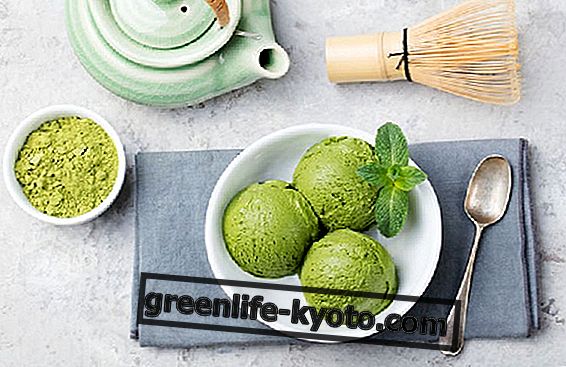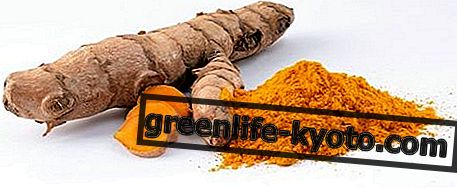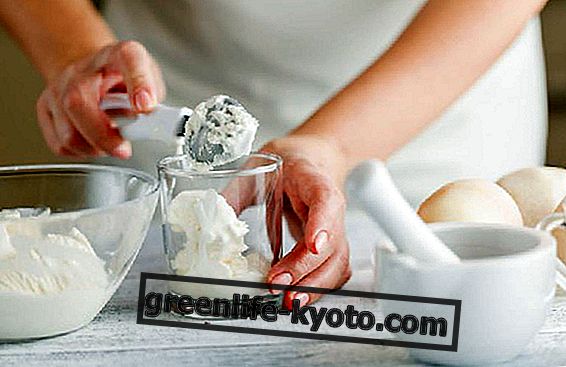
They are defined as natural liqueurs, beverages obtained from the mixing of food alcohol, with herbs and medicinal plants, or with fruit, or obtained by maceration (cold), infusion (hot) or percolation of alcohol or other solvent with the aromatic parts of the plants. These mixtures are subsequently completed with sugar syrup or fructose and water (to reach the desired alcohol content).
From fermentation to distillation: the birth of natural liqueurs
Present in almost all ancient civilizations, the first alcoholic beverages were produced by fermentation and were used both for medical reasons, in some places and periods in which drinking water was not available; both to conserve the virtues of plants, outside the vegetative period or their balsamic time. To develop the production of natural liquors were also hygienic reasons (since alcohol has antiseptic and disinfectant properties); dietetic (for their caloric intake of sugars), as well as for the usual convivial purposes, and of artistic inspiration or by virtue of their aphrodisiac effects .
However, the discovery of alcohol, a key ingredient in the preparation of natural liqueurs, took place in almost recent times. In fact before the invention of the still, in the VIII sec. d. C by Islamic alchemists, which allowed the extraction of alcohol and the volatile parts contained in plants, essential oils, the so-called alcoholic beverages consisted mainly of beer, cider, or wine, obtained by fermentation of the sugars contained in the fruits or in cereals (for example wine from grapes or beer from barley, malt, hops, etc.) Historical sources confirm that even before the 3rd millennium BC, Egyptians and Mesopotamians knew of beer-like drinks.
Therefore the distillation process is more recent. His discovery can be traced back to medieval Arab scientists, who allowed this new technique to overcome the 16% barrier of alcohol content, caused by the non-tolerance of yeasts to a higher concentration. The pure alcohol thus obtained was considered a sort of revitalizing medicine and baptized in Latin first aqua ardens (burning water or "burning") and then aqua vitae (water of life), from which the current name derives.
Thus the distillation technique from the Arabs came to the Latin monks, holders of the great wisdom and wisdom of past civilizations, who continued to preserve, pass on and develop botanical, herbalist and medical science within the monasteries. In fact it was the need to preserve over time and make the healing products transportable, which induced the medieval friars to use other galenic forms different from the hydrolite or herbal tea. They began experimenting with distillation to extract the virtues of plants in purer forms and use preservatives and more stable vehiculating substances such as alcohol (alcoholates, elixirs, extracts, liqueurs), to mix together various elements creating synergies of great therapeutic effect. .
Initially the distillation started from the residues of the production of fermented beverages (pomace, cereal musts or other vegetables) and was intended for a purely therapeutic use ; and for its effectiveness in food preservation, because it preserved food from putrefactive phenomena. It was a long time before spirits began to be accepted as they were, probably because, due to the imperfect knowledge of distillation techniques, deleterious forms of " vinum ardens " or water ardens had been produced. Only from the 18th century the use of alcohol as a liqueur was generalized, thanks, perhaps, to the progress of distillation and the use of aromas that enriched the bouquet, with the use of officinal herbs, fruits and of course with spices.
Natural liqueurs today
Thanks to the discovery of alcohol, it was possible to soak in it special ingredients such as infusions, syrups, honey, etc. managing to produce natural liqueurs, which preserve the healing virtues of plants, their aromas and flavors . Those ancient drugs are no longer used, but their formulas remain, the result of careful processing of vegetables, with traditional methods and machinery, which represent the synthesis of centuries of knowledge, dedication, scrupulous attention to the substances used and meticulous preparation .
Today, in fact, the therapeutic function of natural liqueurs has been buried by the rampant tide of industrially prepared spirits, often formulated with sugars and artificial substances, by dubious healing properties and harmful effects on health. However, even if popular tradition, and not only, recognizes natural liqueurs as aperitif, digestive, tonic, balsamic, we do not forget that they contain alcohol, therefore we should consume them in moderation.
Types of natural liqueurs
- The Ratafia are liqueurs made by infusion, based on fresh fruit juices and alcohol, particularly cherries and sour cherries . It seems that the etymology of the name comes from three ancient Latin words Pax, Rata, Fiat pronounced by the ancient magistrates as a seal of a verbal contract, an act replacing the more common handshake
- Distillates : these are beverages obtained from the alcoholic distillation of fermented musts, marc, fruit and cereals, for which they are considered a synonym of " distillates ". Acquavite (or "distilled") is a generic term that by itself does not indicate anything unless the raw material from which it was obtained is specified: Grappa is the term that defines the marc brandy produced in Italy, while the Brandy, Cognac, Armagnac are wine brandies produced abroad, but Vodka is a brandy obtained from potatoes, Whiskey from cereals, Rhum from sugar cane, Tequila from agave and so on.
- The Elixir: it derives from the Arabic term al-ikir or " medicine " and is thus called the corroborating alcoholic preparations . In practice they are real liquors whose use must be considered exclusively for medicinal and therapeutic purposes . The gradation varies from 40 ° to 65 ° and therefore must be used with great moderation. Few ingredients are sufficient to prepare a homemade liqueur; this way, you can have a natural product because it is enough to vary the components, perhaps adding a grass, the peel of a fruit, or changing the alcohol content, the quantity of sugar, the ingredients themselves. Popular tradition is rich in recipes, rosoli, liqueurs, medicated wines from which to draw suggestions for inventing one of our liquors or personalizing an existing one.













